Forex
Sterling, euro climb against dollar on economic data
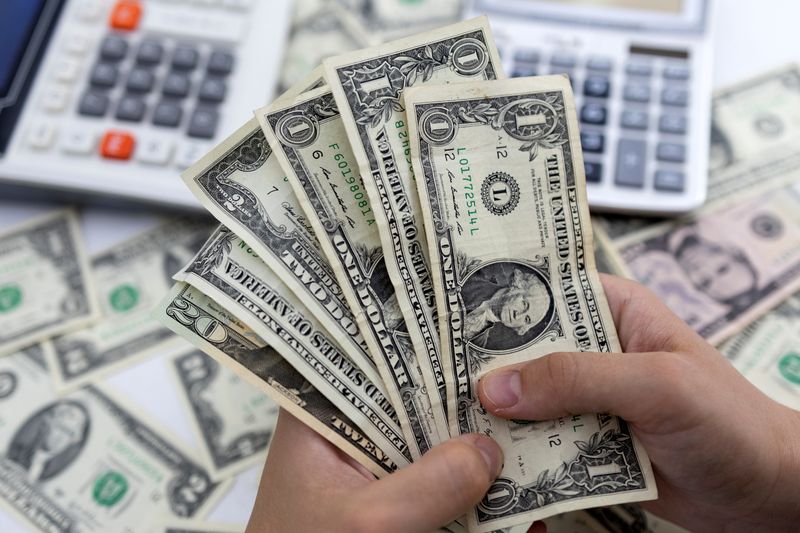
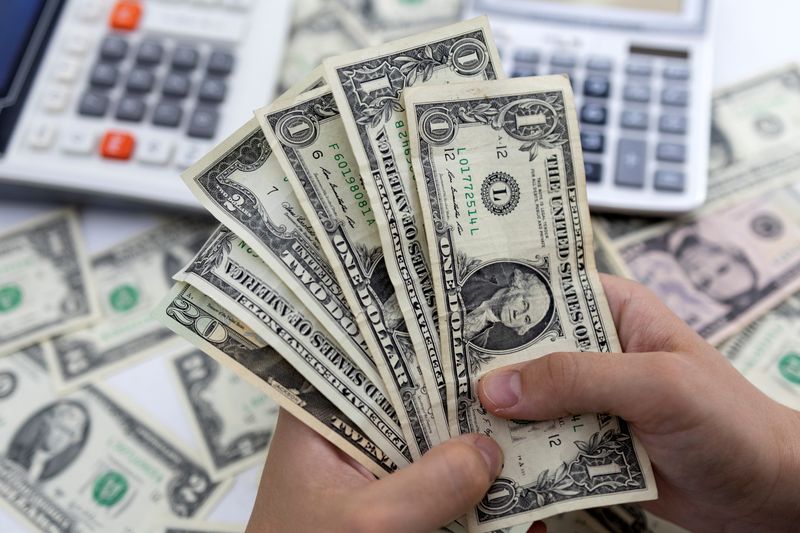
© Reuters. FILE PHOTO: Woman holds U.S. dollar banknotes in this illustration taken May 30, 2022. REUTERS/Dado Ruvic/Illustration/File Photo
By Joice Alves
LONDON (Reuters) -Sterling climbed against the dollar on Thursday after data showed British borrowers increased demand for loans and business service were more resilient than feared in Britain, while the euro rose after inflation prints in France and other European countries.
Sterling rose after net borrowing data showed British borrowers increased demand for loans, in a sign that households are mostly coping with high interest rates. Net borrowing by British consumers was the highest in nearly seven years in November.
A separate Business survey, UK Services Purchasing Managers’ Index (PM), showed Britain’s services firms grew more strongly in December than initially thought and optimism hit a seven-month high.
“UK mortgage approvals and lending data are better than expected suggesting that the market could be in danger of repeating the mistake of a year ago in pricing in too much pessimism,” said Jane Foley, Head of FX Strategy at Rabobank.
“The firmer data also pushes back on hopes for early and aggressive BoE rate cuts in 2024.”
Traders expect around 140 basis points of rate cuts in 2024, according to money market pricing, not far off the roughly 150 expected from the Fed and the European Central Bank, but they are split on the timing of the first BoE cut.
Rabobank expects the BoE to keep rates on hold until the second half of the year.
Sterling was last up 0.24% against the dollar at $1.2692. It rose as much as 0.5% to $1.2728 after the data release, having fallen 0.87% on Tuesday to a three-week low, in its biggest one-day drop since mid-October.
The euro also bounced back as markets expect a rebound in headline inflation in the euro zone in the December print due on Friday, which could support European Central Bank (ECB) higher for longer rates.
French consumer prices rose in December in line with expectations, preliminary data from the national statistics body showed on Thursday, due to an increase in energy and services prices over the year. In Germany, CPI inflation rose to 3.7% in December, as expected, from 3.2% a month earlier.
The euro rose 0.26% to $1.0951, having fallen to a more than two-week low on Wednesday.
“There are some risks that a higher headline print will prompt some repricing of the highly dovish ECB rate expectations,” Francesco Pesole, FX strategist at ING said in a note to clients.
DOLLAR SLIDES
Against a basket of currencies, the dollar fell 0.07% to 102.33, after hitting a three-week peak of 102.73 on Wednesday, with minutes of the Federal Reserve’s last meeting providing few clues on when the United States might start cutting interest rates.
Minutes of the December policy meeting released on Wednesday showed no clear-cut clues on when the Fed could begin easing rates, with policymakers still seeing a need for rates to stay restrictive for some time.
Recent data pointing to a cooling U.S. economy has continued to underpin bets of Fed rate cuts this year as inflation comes under control, though traders remain divided over the pace and scale of easing from the central bank.
Market pricing now shows a roughly 64% chance that the Fed could begin cutting rates in March, compared with an 87% chance a week ago, according to the CME FedWatch tool.
Elsewhere, the greenback pushed to an over two-week high against the yen, with Japan back from an extended New Year break. The dollar rose 0.62% against the yen to 144.19.
Forex
BofA sees potential for further USD selling by CTAs
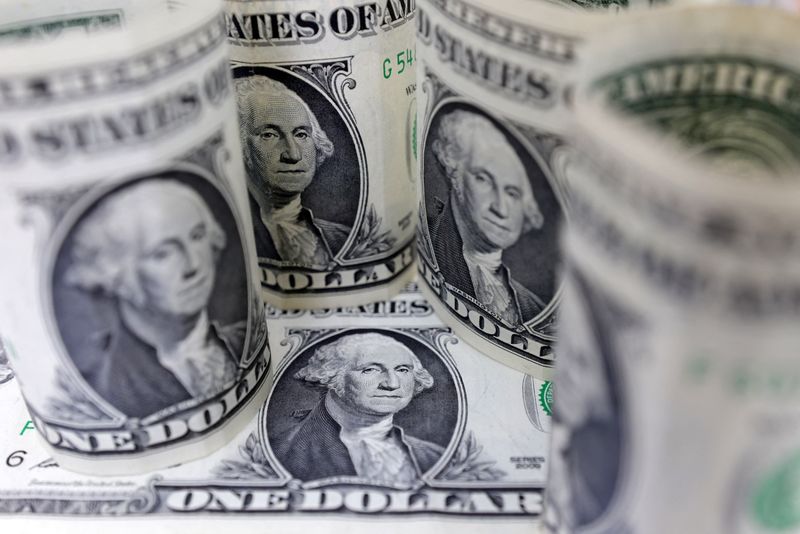
On Monday, Bank of America (BofA) provided insights into the potential actions of Commodity Trading Advisors (CTAs) in the coming week.
According to BofA, CTAs might continue to sell the U.S. dollar (USD) against most currencies following a trend that emerged after the Consumer Price Index (CPI) report led to a weakening dollar. The bank’s models indicate that USD long positions have been reduced this week.
The bank’s analysis suggests that in the foreign exchange (FX) market, CTAs are likely to persist with short covering in the euro (EUR), British pound (GBP), and Canadian dollar (CAD).
Additionally, there is an expectation for CTAs to increase their recently established long positions in the Australian dollar (AUD) and potentially initiate a long position in the Mexican peso (MXN), given the positive trend strength for the peso.
In the commodities sector, despite an increase in the price of gold last week, the trend for the precious metal declined, prompting CTAs to sell, albeit at a slower pace. BofA anticipates that this trend of selling gold and oil will continue into the next week.
The analysis also noted that CTAs’ long positions in are nearing extremely high levels, while long positions in aluminium are being unwound. In contrast, soybeans are experiencing short covering.
The bank’s report serves as a gauge of how trend-following traders might adjust their portfolios in response to market movements.
This article was generated with the support of AI and reviewed by an editor. For more information see our T&C.
Forex
BofA sees further dollar depreciation, expects G10 FX to stay in range
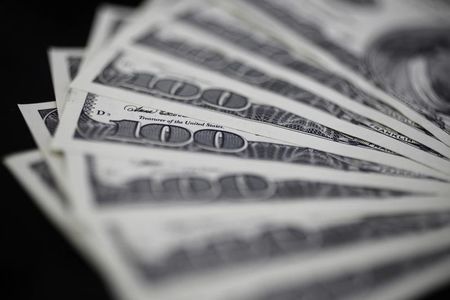
On Monday, Bank of America (BofA) analysts provided insights into the current state of G10 foreign exchange (FX) markets, noting a general sentiment of disappointment among investors due to the markets’ lack of volatility.
Despite a recent reversal in the U.S. dollar (USD), major currency pairs have not moved significantly, staying within their established ranges. BofA anticipates further depreciation of the USD, yet it emphasizes that the currency’s movements are expected to remain close to year-end consensus forecasts.
The analysis highlighted that while markets have expressed a desire for more excitement in G10 FX trading, they must come to terms with the inherent trade-off between carry trade opportunities and higher volatility. Carry trades, where investors borrow in low-yielding currencies to invest in higher-yielding ones, have been identified as a dominant trend post-global financial crisis.
However, this strategy tends to reduce market volatility, leading to what BofA describes as an “uninspiring” and “stuck in the mud” trading environment.
BofA’s commentary suggests that the pursuit of carry as a passive strategy has been a factor in dampening volatility in the FX markets. The firm underscores that investors should not expect both high carry returns and high volatility, as these market conditions are typically mutually exclusive. The lack of clear fundamental trends in G10 FX has been a source of frustration for markets, but the current trend of carry is clear, even if it leads to lower volatility.
The analysts also touched upon the anticipation around the next batch of U.S. data, which many investors hope might shift the narrative. However, BofA indicates that such expectations may be overly optimistic. The firm’s message to the markets is to adjust expectations and accept the current dynamics, with the USD continuing to play a central role in the G10 FX space.
In summary, BofA’s analysis points to a continuation of the recent patterns in G10 FX markets, with a slight downward trend in the USD value but within the bounds of recent trading ranges.
This article was generated with the support of AI and reviewed by an editor. For more information see our T&C.
Forex
Narrow dollar range likely to remain for now – Goldman
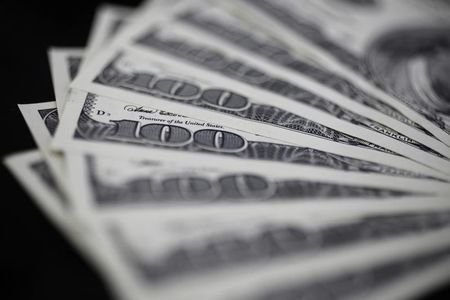
Investing.com – The U.S. dollar is trading in a calm fashion against the majors of late, and these narrow ranges will likely stay for a while longer, according to Goldman Sachs, with divergence having to wait.
AT 05:20 ET (09:20 GMT), the Dollar Index, which tracks the greenback against a basket of six other currencies, traded unchanged at 104.330, steadying after losing around 1% last week in the wake of soft U.S. inflation data.
“We think there is only limited room for the market to press Dollar shorts on the back of the inflation news,” said analysts at Goldman Sachs, in a note dated May 17.
“After all, while the prints were mostly in line with expectations, they were not in line with the target. As a result, the news does not change the policy outlook much beyond reinforcing the recent rhetoric.”
The subsequent market response has been reminiscent of the post-March FOMC FX reaction, when the response to ‘dovish dots’ stalled not because of fresh data, but instead because FX is still a relative game, and the Dollar fundamentals have not shifted much, the investment bank added.
And, this time around, we think the rally in front end rates looks more consistent with cyclical concerns rather than dovish expectations.
“That matters for FX because there is a narrow path for the Dollar to depreciate on a broad basis when growth is softening,” the bank added. “This is especially true in the current environment when faster Fed cuts would likely be met with easier policy abroad as well.”

 Forex2 years ago
Forex2 years agoForex Today: the dollar is gaining strength amid gloomy sentiment at the start of the Fed’s week

 Forex2 years ago
Forex2 years agoHow is the Australian dollar doing today?

 Forex1 year ago
Forex1 year agoUnbiased review of Pocket Option broker

 Forex2 years ago
Forex2 years agoDollar to pound sterling exchange rate today: Pound plummeted to its lowest since 1985

 Cryptocurrency2 years ago
Cryptocurrency2 years agoWhat happened in the crypto market – current events today

 World2 years ago
World2 years agoWhy are modern video games an art form?

 Stock Markets2 years ago
Stock Markets2 years agoMorgan Stanley: bear market rally to continue

 Economy2 years ago
Economy2 years agoCrude oil tankers double in price due to EU anti-Russian sanctions

































